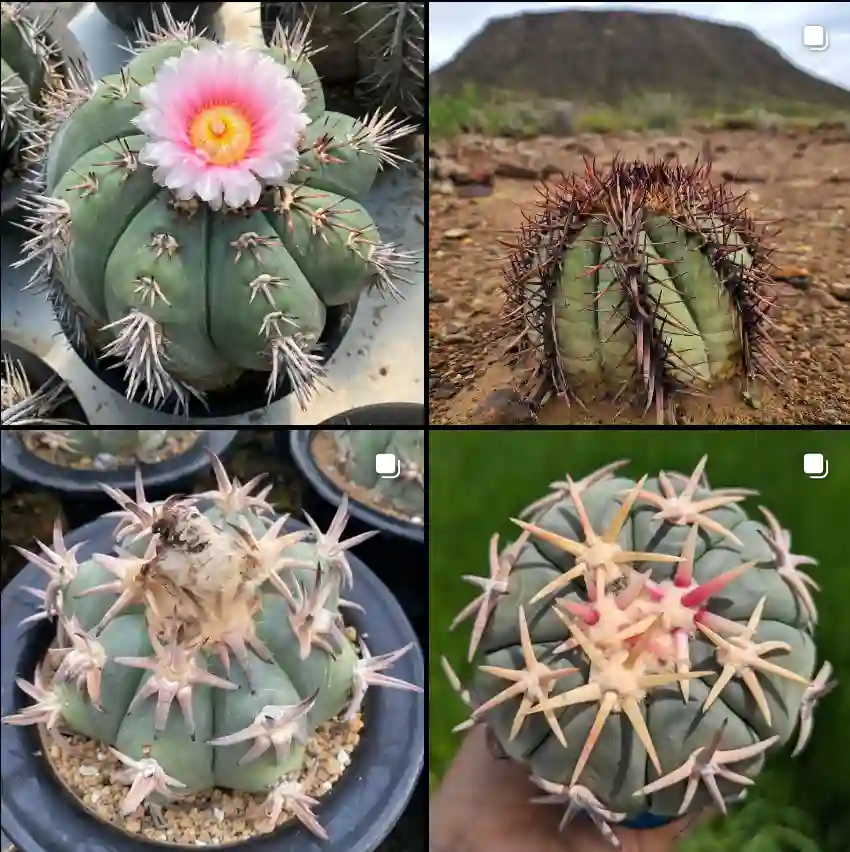Exploring the Sarcobataceae Family
The Sarcobataceae family might not be one of the most well-known plant families, but it has a unique place in the botanical world, especially in arid and semi-arid regions. As someone who has always been fascinated by resilient plants that thrive in challenging environments, I find the Sarcobataceae family particularly intriguing. This small family includes only one genus, Sarcobatus, commonly known as greasewood.
What Makes the Sarcobataceae Family Unique?
The Sarcobataceae family belongs to the Caryophyllales order, a group known for its diverse and often succulent or xerophytic members. What makes this family stand out is its ability to adapt to harsh conditions. The species within this family are true survivors, growing in saline and alkaline soils where few other plants can thrive. This makes them important for studying plant resilience and adaptation, as well as for practical applications in land reclamation and erosion control.
The Sarcobatus Genus: Greasewood in Focus
The Sarcobatus genus consists of two species: Sarcobatus vermiculatus (black greasewood) and Sarcobatus baileyi (Bailey’s greasewood). Both species are native to the western United States and are commonly found in the Great Basin, Mojave Desert, and other dry regions.
Sarcobatus vermiculatus: The Resilient Pioneer
In my personal experience, Sarcobatus vermiculatus is a remarkable plant. It can grow up to 8 feet tall, forming dense thickets that provide shelter and food for various wildlife. The plant’s deep roots allow it to access groundwater, making it a crucial player in stabilizing soils and preventing erosion. Its tolerance to high levels of salinity and alkalinity also makes it an excellent candidate for rehabilitating degraded lands.
Sarcobatus baileyi: A Lesser-Known Gem
While Sarcobatus baileyi is less common, it shares many characteristics with its more widespread relative. It tends to be smaller and more compact, but it is equally resilient. I’ve seen this plant thrive in areas where the soil is too harsh for most other vegetation. Its compact growth habit makes it a good choice for erosion control in smaller areas.
Ecological Importance and Adaptations
One of the most fascinating aspects of the Sarcobataceae family is its ecological role. These plants are often pioneer species, meaning they are among the first to colonize disturbed or degraded lands. They play a crucial role in soil stabilization and can create microhabitats that support other plant and animal species.
Adaptations to Extreme Conditions
The adaptations of greasewood plants are truly remarkable. Their leaves are small and succulent-like, reducing water loss. They also have a unique mechanism to excrete excess salts through specialized glands, which helps them survive in salty environments where few other plants can grow. This salt tolerance is not just a survival strategy but also helps to modify the soil, making it more habitable for other plants over time.
Uses and Benefits of Greasewood
While greasewood plants are not widely used in horticulture, they have significant ecological and practical benefits. In areas prone to salinity or erosion, planting Sarcobatus species can help restore the land. Their deep root systems not only stabilize the soil but also improve its structure by increasing organic matter content and promoting microbial activity.
Challenges in Studying the Sarcobataceae Family
Studying the Sarcobataceae family can be challenging due to its limited diversity and specialized habitat requirements. However, these challenges also make it an exciting area of research. Understanding how these plants cope with extreme conditions can provide valuable insights into plant physiology and ecology. It can also inform conservation efforts, particularly in arid and semi-arid regions that are vulnerable to climate change and human activities.
Conservation and Future Prospects
Conserving the Sarcobataceae family is important, not just for preserving biodiversity but also for maintaining the health of arid ecosystems. As climate change and human activities continue to degrade these ecosystems, the role of resilient plants like greasewood will become even more crucial.
In the future, I believe there is potential for the wider use of Sarcobatus species in ecological restoration projects. Their ability to thrive in harsh conditions makes them ideal candidates for rehabilitating degraded lands. Moreover, studying their unique adaptations could lead to the development of new strategies for managing saline and alkaline soils, which are becoming more prevalent due to unsustainable agricultural practices.
Final Thoughts
The Sarcobataceae family, though small, has a big role to play in understanding plant resilience and adaptation. The Sarcobatus genus, with its remarkable ability to thrive in some of the toughest environments, serves as a testament to the resilience of nature. Whether for ecological restoration, soil stabilization, or simply as a subject of botanical curiosity, the Sarcobataceae family deserves more attention and appreciation. Exploring this family has deepened my understanding of plant adaptations and reinforced my admiration for nature’s ingenuity.
If i die, water my plants!



